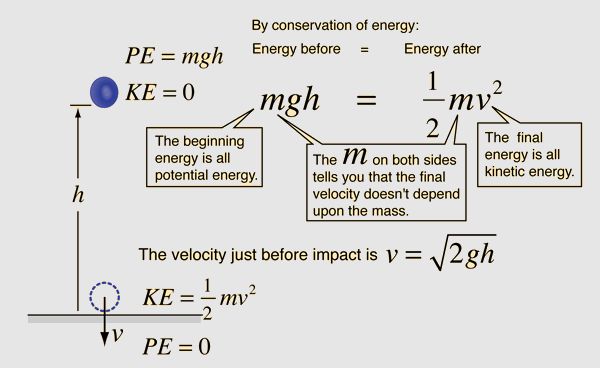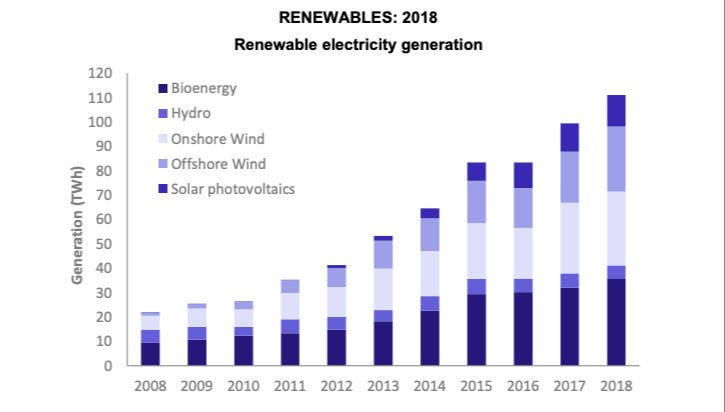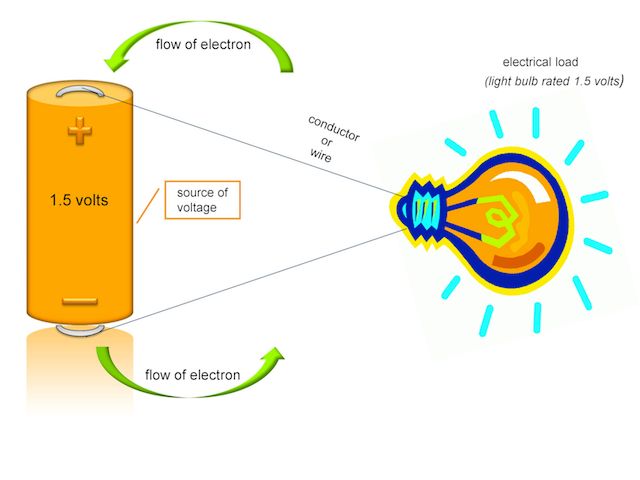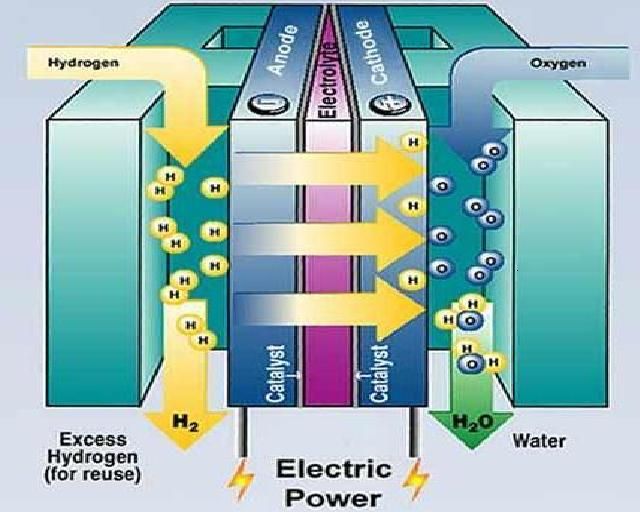Will We Run Out Of Renewable Energy?
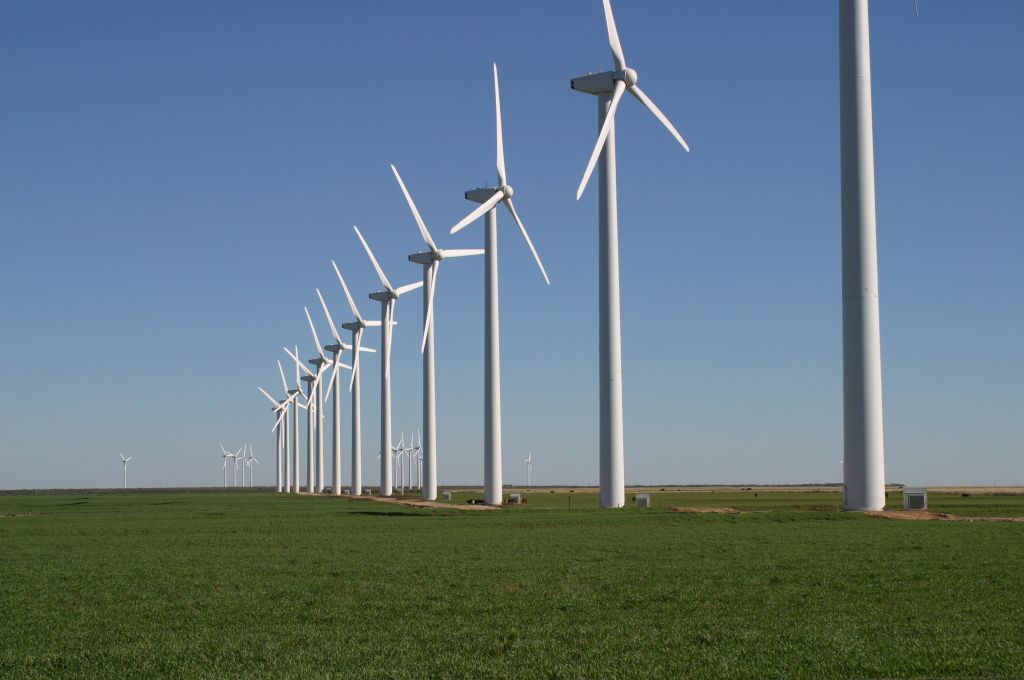
Renewable energy sources like solar, wind, hydropower, and bioenergy are clean sources of energy that come from natural sources that are constantly replenished. Unlike finite fossil fuels like coal, oil, and natural gas, renewable energy is unlimited and available in never-ending supply. Renewable energy is extremely important for reducing greenhouse gas emissions and combating climate change. It also enhances energy security by relying on local energy sources rather than imported fuels. As renewable energy becomes increasingly cost-competitive with conventional energy, an important question arises – could we ever reach a point where we’ve used up all the available renewable energy? This article will provide an overview of the major renewable energy sources, their limitations, and whether they could ever truly run out.
Current Renewable Energy Use
Renewable energy sources accounted for 12.2% of total global energy consumption in 2018, up from 11.6% in 2017 according to Renewable Energy Statistics . While still a small portion of overall energy use, renewable energy consumption has been steadily increasing in recent years.
The International Renewable Energy Agency (IRENA) estimates that global renewable energy use grew by over 150% from 2009 to 2018, with solar and wind energy seeing the fastest growth rates. In 2018, solar power generation increased by 31% while wind power increased by 12% globally compared to the previous year.
China was the largest producer of renewable energy in 2018, accounting for over 25% of global renewable electricity production. Other top producers include the United States, Brazil, Canada and Germany. The European Union as a whole gets over 17% of its energy from renewable sources, with countries like Sweden, Finland and Latvia leading the way.
Fossil fuels like oil, coal and natural gas still make up the majority of global energy use. However, as renewable energy technology improves and costs decline, renewable energy is expected to continue to increase its share in the global energy mix.
Solar Energy
Solar energy is harnessed in two main ways – through solar photovoltaics (PV) and solar thermal technology. Solar PV converts sunlight directly into electricity using semiconducting materials like silicon that exhibit the photoelectric effect. Arrays of solar PV modules/panels generate DC electric power when exposed to sunlight. Solar thermal technologies use mirrors or lenses to concentrate solar radiation to heat fluids which can then generate electricity through a heat engine or be used directly for heating applications.
Solar energy has enormous potential as a renewable energy source with 178,000 terawatt hours per year hitting the Earth’s surface. While solar currently provides only about 1% of global energy demand, rapid declines in solar PV costs have led to high growth rates in solar installations worldwide. The annual solar PV market has grown at over 30% in recent years and by 2050, solar could provide up to 30% of global electricity needs according to some estimates. However, intermittency and variability of solar remains a challenge. Energy storage and grid integration solutions will be key for higher solar energy penetration levels going forward.
Sources:
https://www.e-education.psu.edu/earth104/node/950
Wind Energy
Onshore and offshore wind power are two major sources of wind energy production globally. According to a study published in PNAS, the theoretical potential for wind energy on land is over 400 terawatts globally, which is more than current global energy demand (Zhou et al., 2012). However, when considering geographic constraints and onshore wind speed distributions, studies estimate the practical potential at around 80 terawatts (Lu et al., 2009). Offshore wind potential is also significant, estimated at 120 terawatts within wind-rich areas up to 60 km from shorelines (Lund et al., 2019).
Global wind power generation has grown rapidly in recent decades. According to the Global Wind Energy Council, worldwide installed wind capacity reached 743 GW by the end of 2020, supplying over 5% of global electricity demand. Onshore wind accounts for the majority of current capacity, but offshore wind is experiencing higher growth rates recently, led by Europe, China and the US.
Several factors are driving growth in wind power capacity, including falling costs, supportive government policies, and technological improvements allowing wind farms in more locations. However, growth rates and patterns vary across regions and countries due to differences in wind resources, existing infrastructure, and market conditions (GWEC, 2021).
Hydropower
Hydropower is one of the most widely used renewable energy sources globally. According to the International Energy Agency (IEA), global hydropower capacity was 1,360 gigawatts (GW) in 2021, accounting for around 16% of total electricity generation worldwide. The main hydropower technologies include traditional dam hydropower and run-of-river/tidal power.
Traditional dam hydropower involves constructing dams and reservoirs to control water flow and generate electricity via turbines. Large-scale dam projects can generate significant amounts of electricity but also have environmental impacts like habitat destruction. Run-of-river and tidal power involve capturing the energy of flowing water or tides without large dams. These have a smaller footprint but generate less power.
According to the 2022 Hydropower Status Report, global hydropower capacity grew by 26 GW in 2021. The IEA forecasts 230 GW of new hydro capacity will come online between 2021-2030, led by countries like China and Brazil. However, environmental concerns may limit growth of large dam projects, with more growth expected in run-of-river and tidal power. Hydropower will continue playing a major role in renewable electricity but sustainability will be an increasing focus.
Bioenergy
Bioenergy refers to energy derived from biomass, which is organic matter such as plants, residues and waste. Bioenergy can provide heat, electricity, transportation fuels and products. There are two main categories of bioenergy: traditional biomass and modern biofuels.
Traditional biomass, such as burning wood, animal dung and agricultural residues for cooking and heating, accounts for about 15% of the world’s total energy supply. However, traditional biomass use can contribute to deforestation and indoor air pollution if unsustainably harvested.[1]
Modern bioenergy technologies convert biomass into more efficient and cleaner forms of energy like transportation fuels, biogas and commercial heat and power. Common types of modern bioenergy include bioethanol, biodiesel and wood pellets. Global bioenergy use could increase up to 100 exajoules by 2050 in a net zero pathway, according to IEA projections.[2]
Realizing the full sustainable potential of bioenergy depends on utilizing residues and wastes first before purpose-grown crops. Factors like land availability, existing infrastructure, and integration with food production determine how much can be sustainably produced in a given region.[3] With proper management, modern bioenergy can provide clean energy while supporting food security and environmental goals.
[1] https://www.fao.org/documents/card/en?details=CB1528EN
[2] https://www.iea.org/articles/what-does-net-zero-emissions-by-2050-mean-for-bioenergy-and-land-use
[3] https://www.fao.org/documents/card/es/c/CC7094EN
Geothermal
Geothermal energy is gathered from the heat stored below the surface of the earth. There are two methods traditionally used to harness geothermal potential: traditional geothermal energy and enhanced geothermal systems.
Traditional geothermal power plants utilize natural reservoirs of steam or hot water that already exist, located a mile or more below the Earth’s surface. Wells are drilled into underground reservoirs in order to tap the steam (for dry steam plants) or the hot water (for flash plants and binary cycle plants) that fuels the generators. The U.S. has an estimated 30 GWe of undiscovered hydrothermal resources, with only about 3-4 GWe currently installed capacity.
Enhanced geothermal systems (EGS), also known as engineered geothermal systems, are human-made reservoirs created where there is hot rock but little natural permeability or fluid saturation. In EGS, fluid is injected into the subsurface under carefully controlled conditions, which allows the fluid to become heated by the rock. The fluid is then pumped back to the surface where electricity is generated. EGS has the potential to greatly expand the geothermal resource base. Studies estimate over 100 GWe of undiscovered EGS resources in the western U.S.
While geothermal energy has substantial potential capacity, growth has been limited by high upfront costs and concerns over induced seismicity. However, with improved technology costs are declining, and geothermal remains an important renewable baseload resource.
Other Renewables
In addition to the major renewable energy sources like solar, wind, hydropower, bioenergy, and geothermal, there are some emerging technologies that show promise for increased adoption in the future:
Tidal power harnesses the energy from the natural rise and fall of tides to generate electricity. Tidal stream generators and tidal barrages are two ways this energy can be captured. While still in early stages, tidal power has the potential to provide predictable and reliable renewable energy, especially for coastal communities.1
Wave power converts the energy from ocean surface waves into electricity. Wave energy devices capture this motion energy through oscillating water columns, surfers, or other means. This technology has not yet reached widespread commercial viability but offers immense potential, with estimates that wave energy could meet at least 10% of global electricity demand.2
Ocean thermal energy conversion (OTEC) systems use the temperature difference between warmer surface water and colder deep water to run a heat engine and produce electricity. While technically feasible, OTEC has not yet become economically competitive on a large scale. However, OTEC may find niche applications for island nations or other coastal areas.3
Continued research and development of tidal, wave, OTEC and other emerging renewable technologies could unlock their potential to diversify the world’s energy portfolio.
Renewable Limitations
While renewable energy sources like solar and wind offer tremendous potential benefits, they also come with some inherent limitations that must be addressed for successful large-scale integration. Two of the biggest challenges are intermittency and transmission needs.
The output of solar and wind power varies based on weather conditions and time of day. Solar energy is only available during daylight hours, while wind speeds fluctuate. This intermittency creates reliability and grid stability issues. Energy storage solutions like batteries and pumped hydro can help smooth out supply, but are not yet available at sufficient scale and capacity (Katraouzos).
Transmission infrastructure is also a major bottleneck. The best solar and wind resources are often located far from major population centers that need electricity. Massive investments in new high-voltage transmission lines are required to get renewable power to where it is needed (IPCC). Upgrading and expanding transmission grids will be critical for increased renewable penetration.
Conclusion
In this article, we discussed the main types of renewable energy sources, including solar, wind, hydropower, bioenergy, and geothermal. We also touched on their current usage rates, potential limitations, and outlook for the future.
While renewable energy usage is growing rapidly, the sources themselves are practically limitless. The amount of solar energy that hits the Earth’s surface each year is nearly 10,000 times the world’s total energy use. Wind power could potentially supply global energy demands 40 times over. Even though factors like intermittency can limit renewables in the short-term, technology advances and battery storage improvements are helping overcome these barriers.
Given the enormous untapped potential of renewables, it’s unlikely we will deplete these resources anytime soon. Continued renewable energy growth and adoption will be key for transitioning away from fossil fuels and building a more sustainable energy future. If renewable energy scales up aggressively, we may be able to meet global energy needs while avoiding the worst impacts of climate change.

